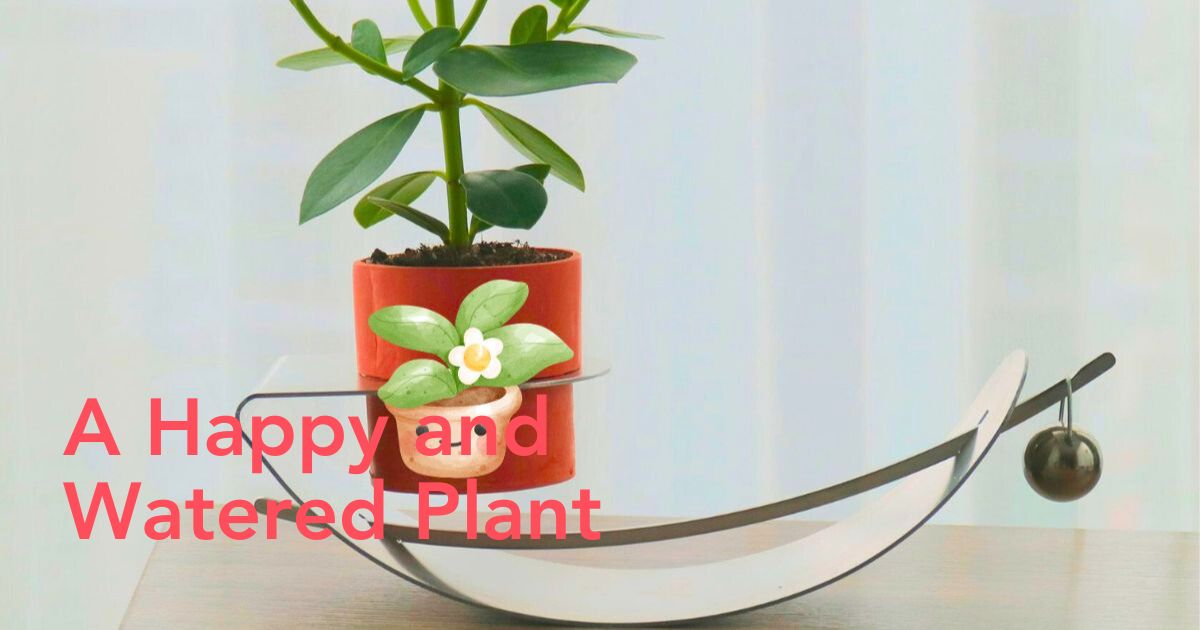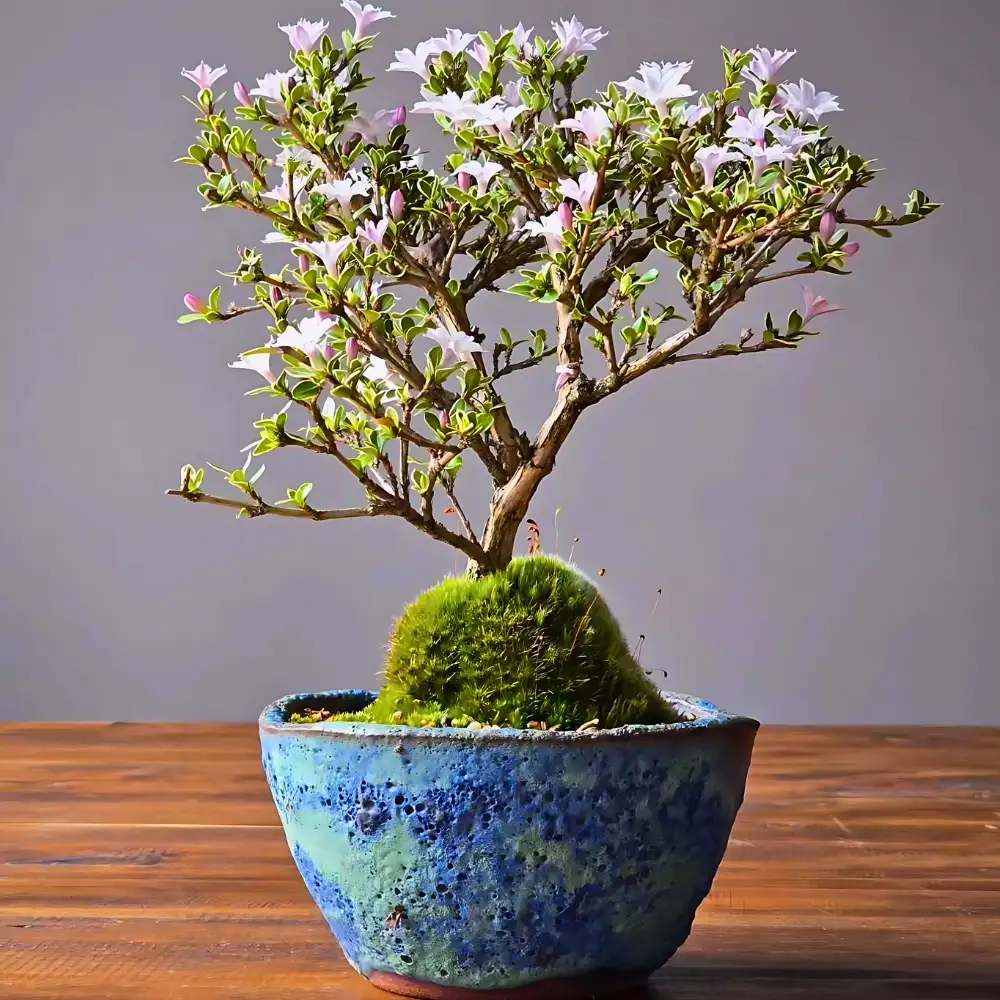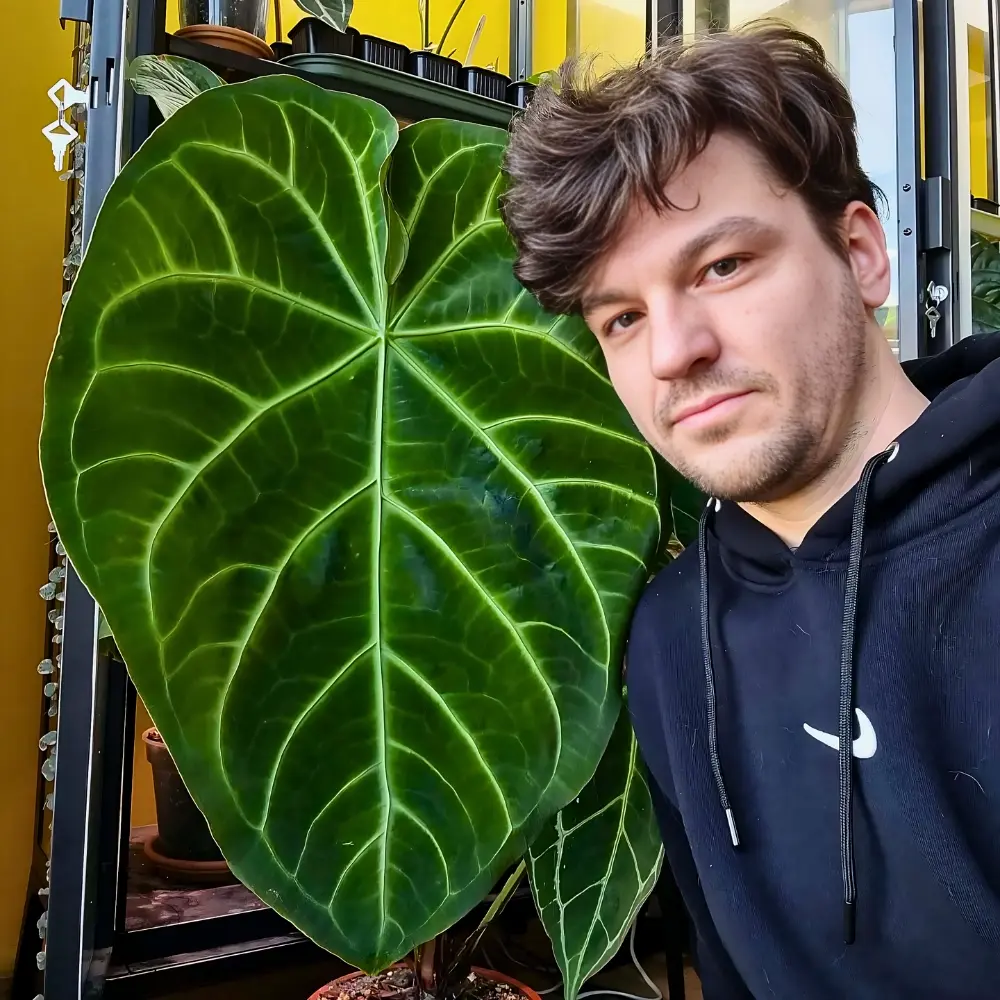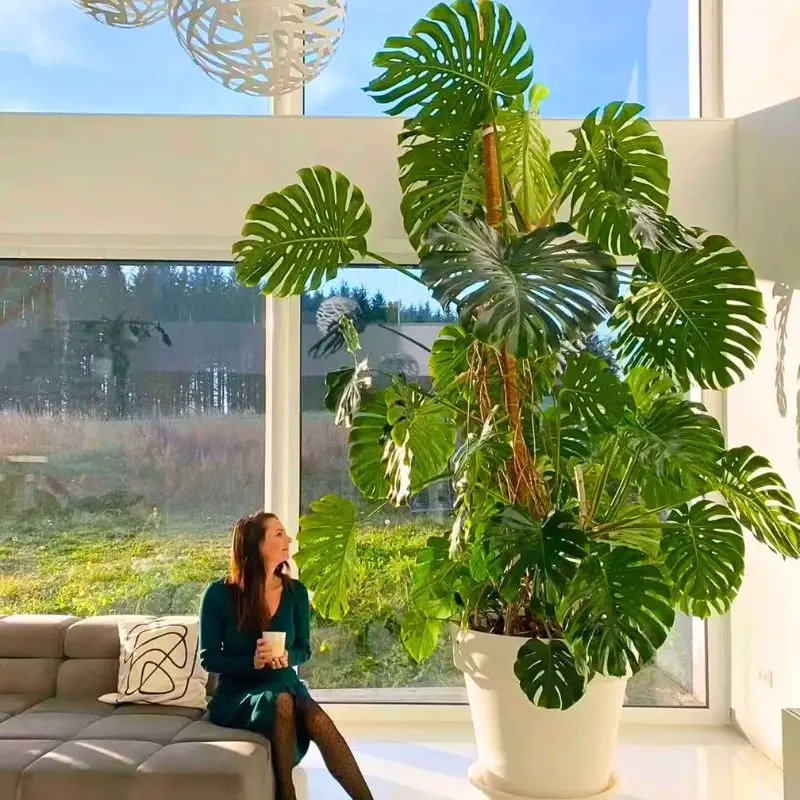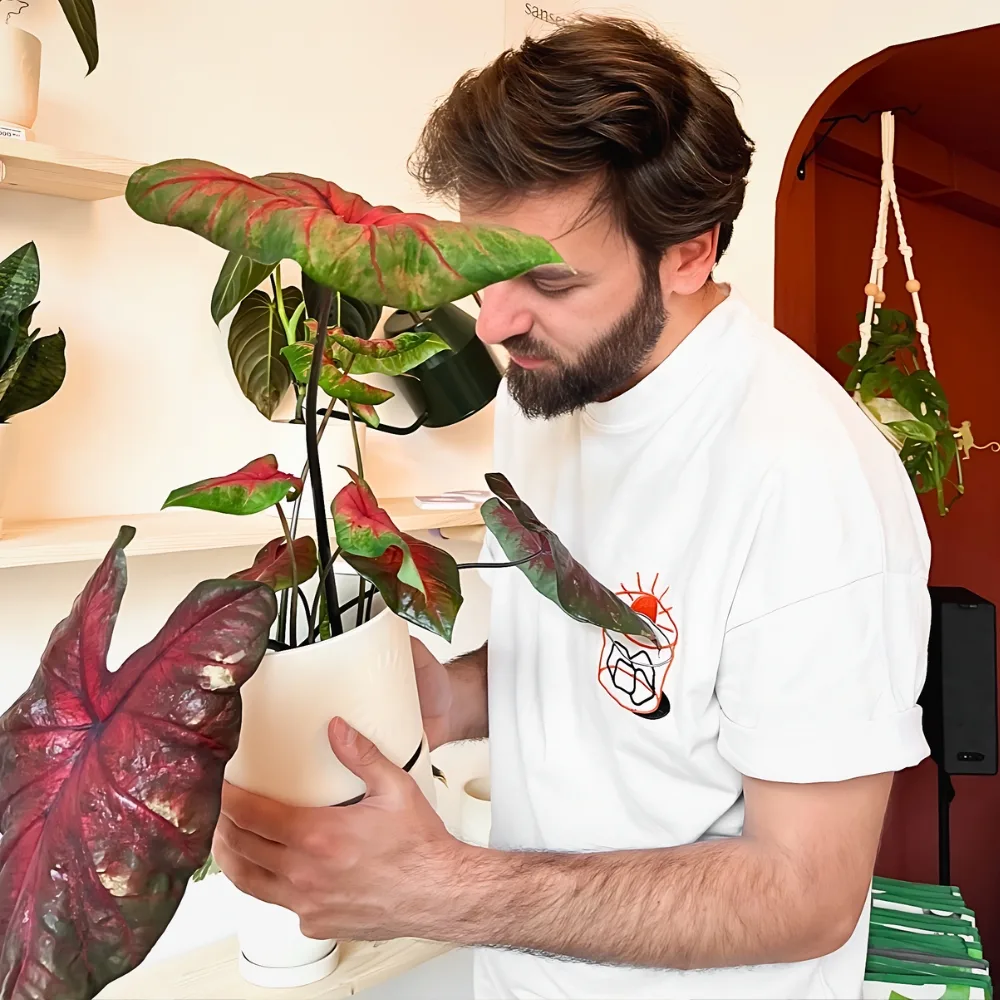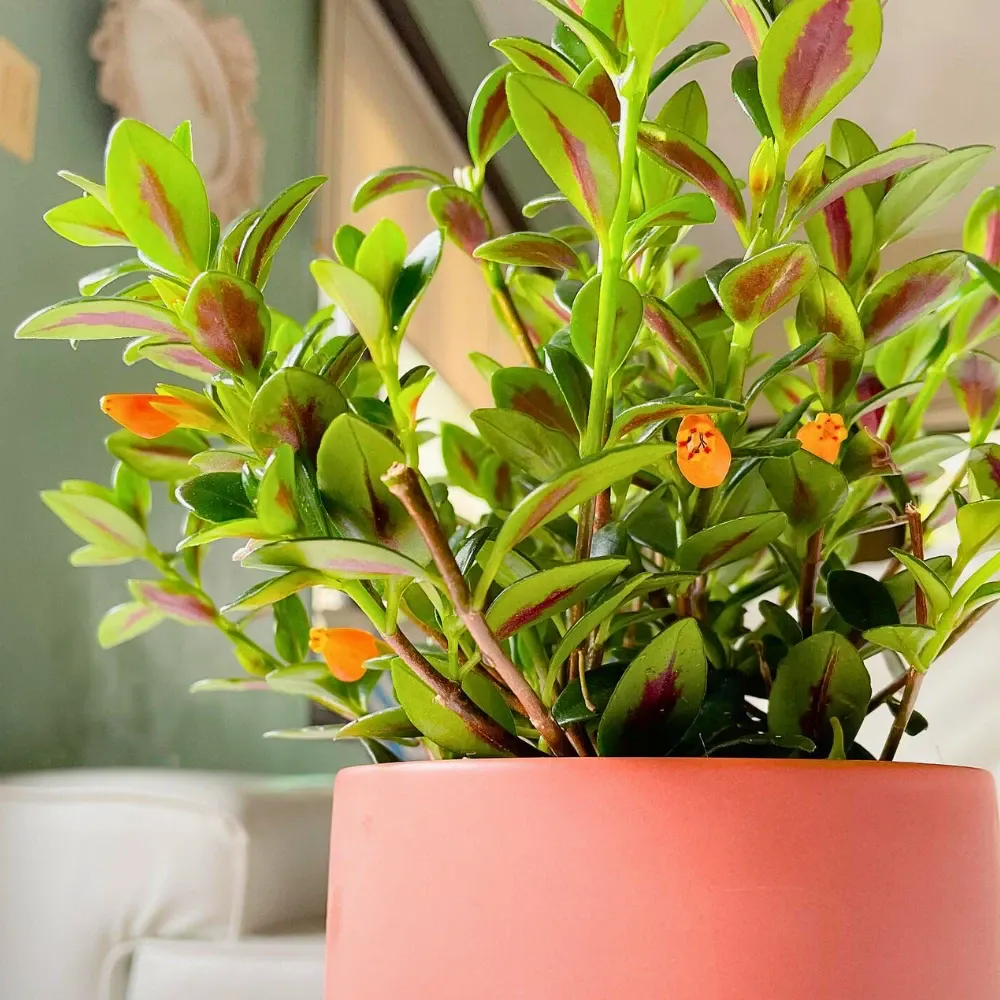Doris Xu, a graduate of Central Saint Martins, designed a weighted planter that moves side to side when the plant takes in water so that users can watch its growth patterns. After graduating from the Product and Industrial Design program, Xu created 'Tilt Planter' in reaction to the disconnect she saw between nature and city-dwelling houseplant owners.
Using Weighted Mechanics, Tilt Planter Shows the Ongoing Shift of Indoor Plants
By designing a planter to reflect this ongoing transformation, the creator aimed to emphasize that plants are living, dynamic organisms instead of only green, static decorative objects. The designer said:
"I wanted to emphasize the fact that plants are, in fact, living and constantly growing by creating a planter that could reflect this constant change."
Made from just two materials, the planter consists of a curved aluminium plate punctuated at one end with a hole, housing a terracotta pot where users can place their plant of choice.
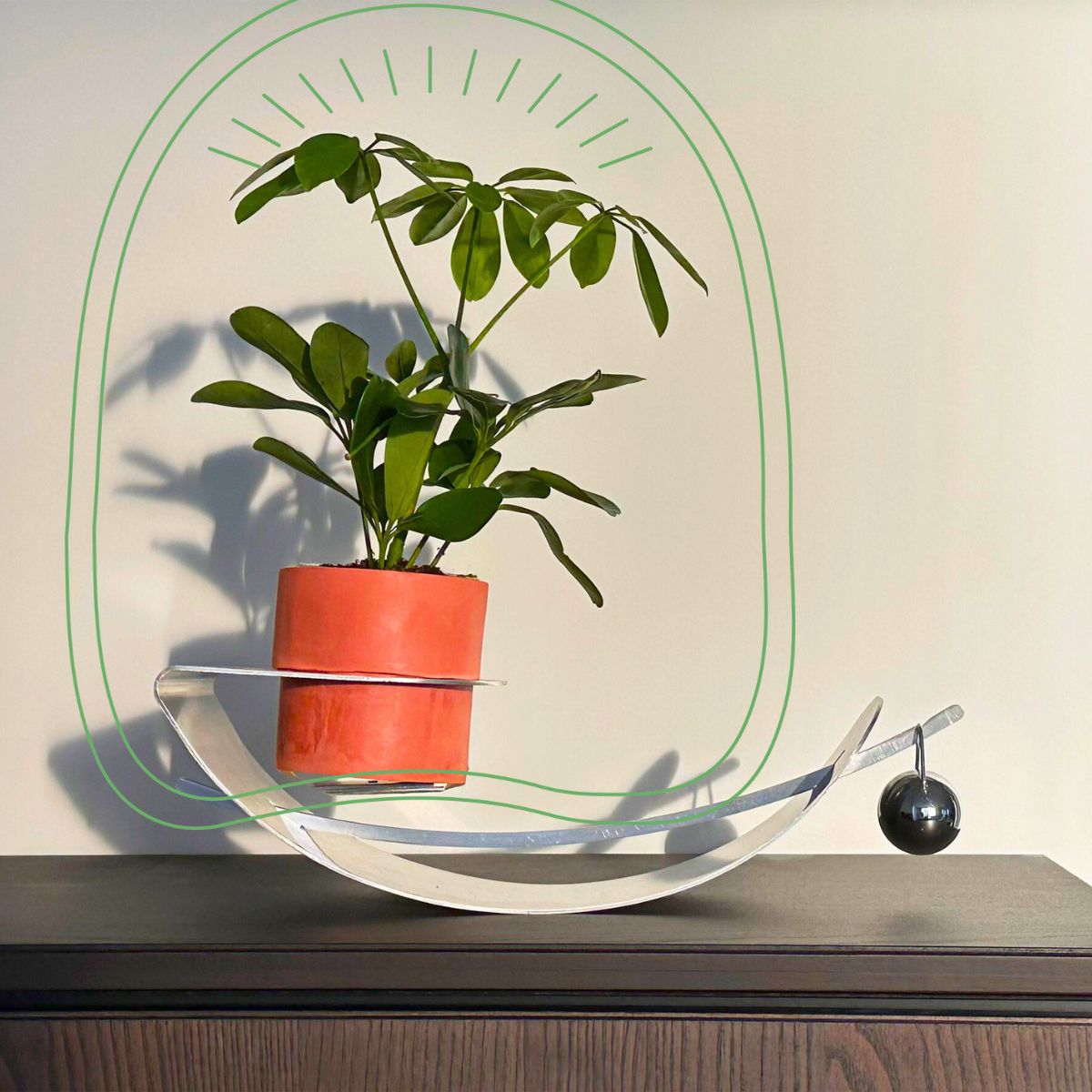
Xu explained that the design was intended not to distract from the plant or its growth, which is why the aesthetic is minimal. She noted that terracotta, a traditional material for flower pots, allows air and moisture to pass through, benefiting plant growth, while the aluminium reflects some of the warm orange tones.
Interactive Hydration – How Weighted Design Signals Plant Care
Three spherical weights of varying sizes are attached to the planter. To ensure that their plant sits erect, users select a weight that is appropriate for the size of their plant and suspend it from a bar that passes through the middle of the planter. The pot and its contents will ultimately grow lighter as the water provided to the plant is absorbed, tipping toward the weight and alerting the user when it needs to be watered again.

Once the plant is re-watered, the whole process repeats. As the plant grows and gets bigger, users must swap out the weight for heavier ones. Xu explained that the weights were chosen for their tactility, allowing users to hold them in their hands and physically feel how much the plant has grown. The weights also serve as a visualization of the plant's growth process.
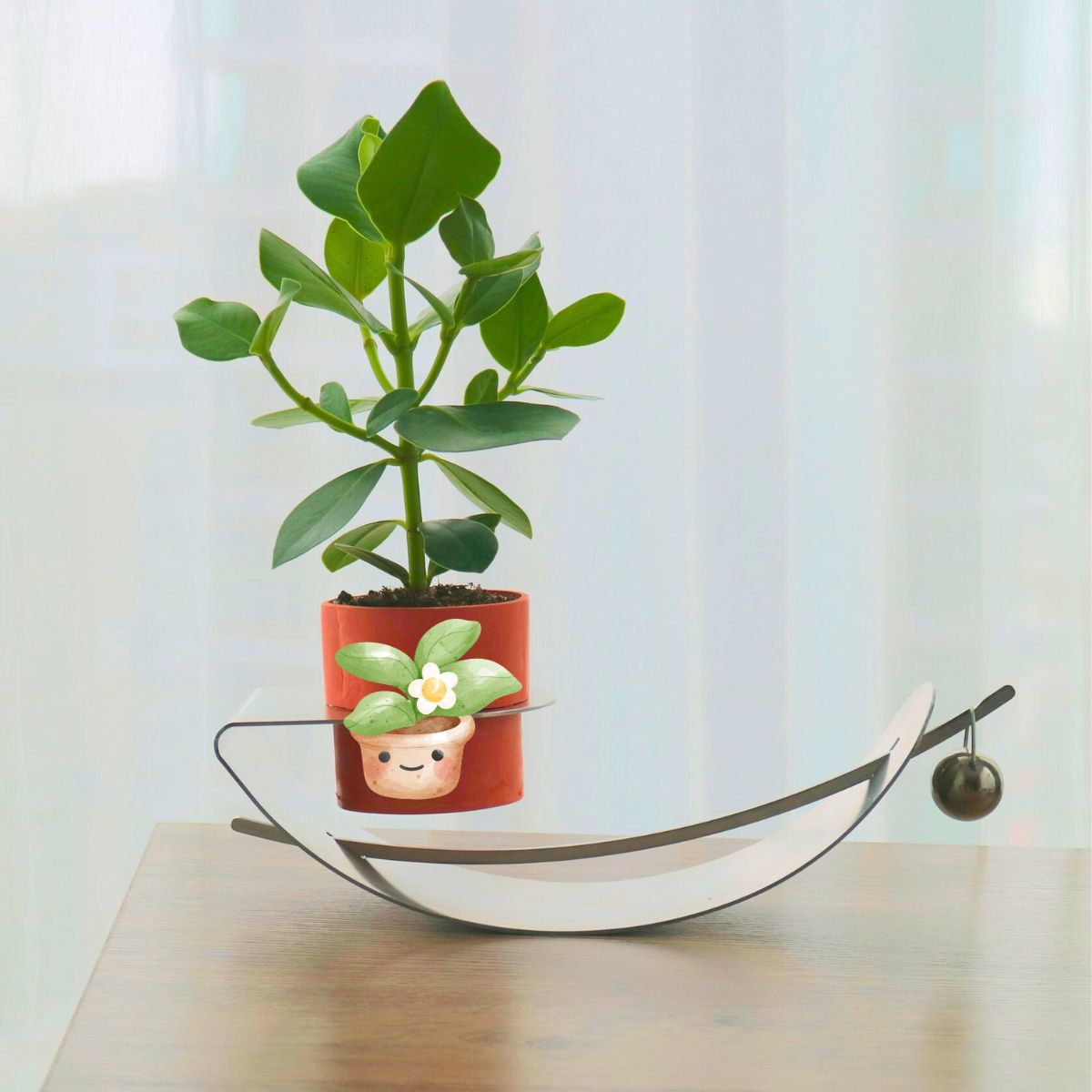
Tilt joins an increasing number of devices designed to improve how people interact with plants and green spaces. Earlier this year, Slovenian tech company Bird Buddy released an AI-powered camera that records the movement of insects and birds in people's back gardens, and then turns it into a narrated BBC Earth-style mini documentary. US Studio Moss has also created a self-watering planter and an adjoining lamp that allows users to easily grow a variety of plants indoors, even if they have no prior gardening experience.
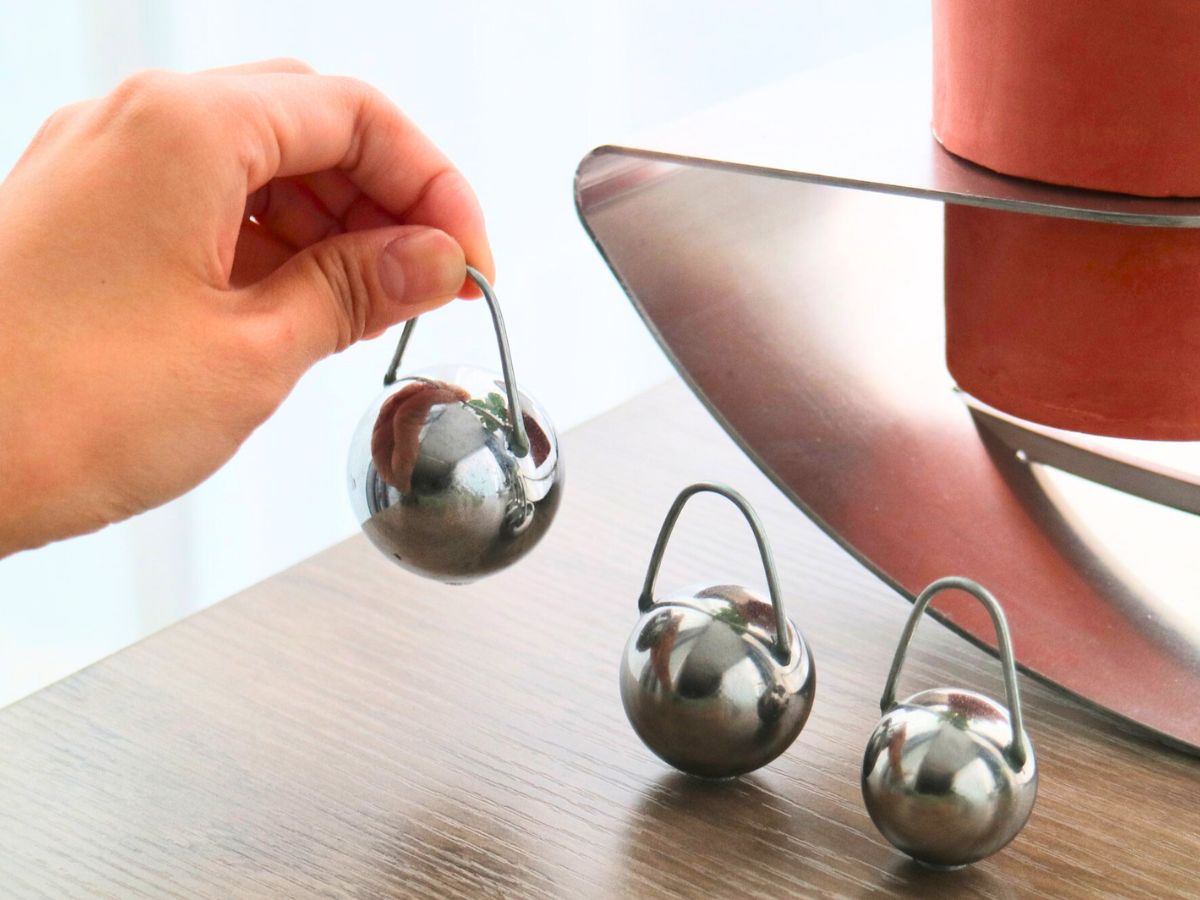
Every day, creative minds are bringing afloat incredible and useful products for the plant and flower industry. This one is a must-have for those who don't know when their plants need water!

